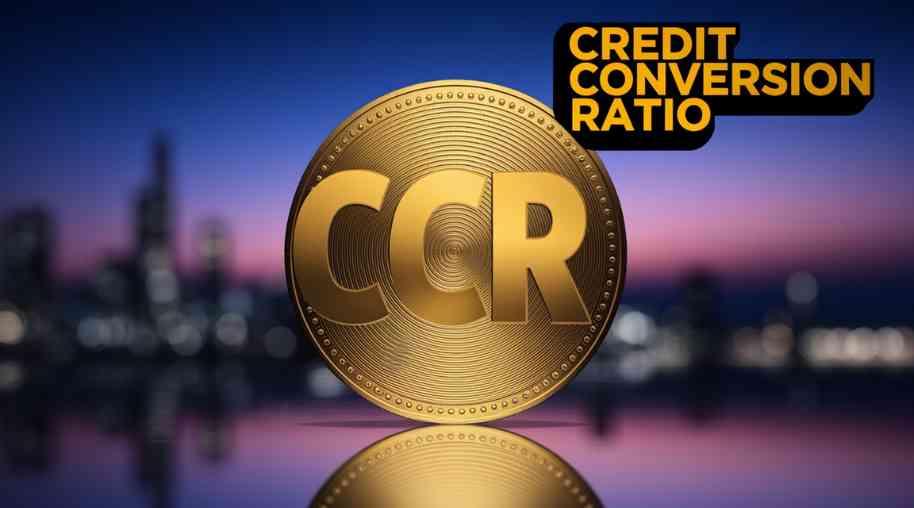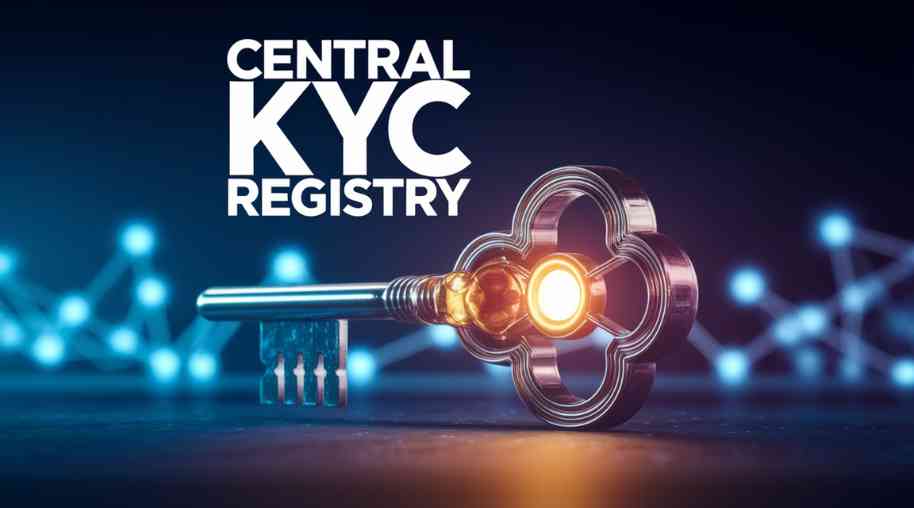CCR Full Form - Credit Conversion Ratio
by Shashi Gaherwar
0 2124
Credit Conversion Ratio: Understanding Its Role in Assessing Credit Risk and Financial Health
In banking and finance, effective credit risk management is vital for institutional stability and profitability. The Credit Conversion Ratio (CCR) is a key metric used to evaluate borrower creditworthiness and assess risks in loan portfolios. It reveals how efficiently a bank converts its credit exposure into actual loans, offering insights into borrower financial health and the institution’s risk exposure.

This article explores the CCR, its calculation, significance, and applications in credit risk assessment and loan management.
What is Credit Conversion Ratio (CCR)?
The Credit Conversion Ratio (CCR) is a financial metric that measures the proportion of off-balance-sheet exposures—such as credit commitments or lines of credit—converted into actual loans. It indicates how much of a bank’s granted credit is utilized, helping assess credit risk. A high CCR suggests greater credit usage and potential risk, while a low CCR indicates underutilized credit and lower risk exposure.
The Importance of Credit Conversion Ratio
The CCR is crucial for evaluating financial stability and borrower behavior:
- Assessing Credit Risk: Measures utilized credit to gauge default risk, enabling adjustments to credit limits.
- Managing Loan Portfolio: Helps identify high-risk exposures or underutilized credit lines for better portfolio management.
- Determining Loan Approvals: Guides decisions on extending credit based on borrowers’ historical credit utilization.
- Financial Planning and Strategy: Informs credit strategies by highlighting income potential from loan conversions.
How to Calculate the Credit Conversion Ratio?
The CCR is calculated as:
CCR = (Amount of Credit Converted to Loans / Total Amount of Credit Exposures) × 100
- Amount of Credit Converted to Loans: The actual credit drawn by borrowers.
- Total Amount of Credit Exposures: The total credit available, including unused lines.
For example, if a bank grants $1 million in credit and $600,000 is used:
CCR = (600,000 / 1,000,000) × 100 = 60%
This indicates 60% of the available credit has been converted into loans.
Interpreting the Credit Conversion Ratio
The CCR’s interpretation guides risk assessment:
- High CCR: Indicates significant credit utilization, suggesting higher credit risk but potentially profitable lending.
- Low CCR: Reflects unused credit, reducing immediate risk but possibly signaling underutilized resources.
Applications of Credit Conversion Ratio
The CCR is used for various purposes:
- Credit Risk Assessment: Evaluates default likelihood to inform credit decisions.
- Regulatory Compliance: Ensures banks maintain adequate capital reserves under regulatory scrutiny.
- Financial Forecasting: Analyzes trends to predict portfolio health and adjust strategies.
Challenges in Using Credit Conversion Ratio
Despite its utility, the CCR faces challenges:
- Changing Credit Policies: Shifts in lending criteria can cause CCR fluctuations.
- Market Conditions: Economic changes or interest rate shifts impact credit utilization, complicating predictions.
The Credit Conversion Ratio (CCR) is a critical tool for managing credit risk, assessing borrower behavior, and optimizing loan portfolios. It enables banks to balance risk and resource utilization while ensuring regulatory compliance. As financial markets evolve, the CCR will remain essential for robust credit risk management and maintaining financial stability.
Further Learning Resources
If you’re passionate about building a successful blogging website, check out this helpful guide at Coding Tag – How to Start a Successful Blog. It offers practical steps and expert tips to kickstart your blogging journey!
For dedicated UPSC exam preparation, we highly recommend visiting www.iasmania.com. It offers well-structured resources, current affairs, and subject-wise notes tailored specifically for aspirants. Start your journey today!

Share:








Comments
Waiting for your comments